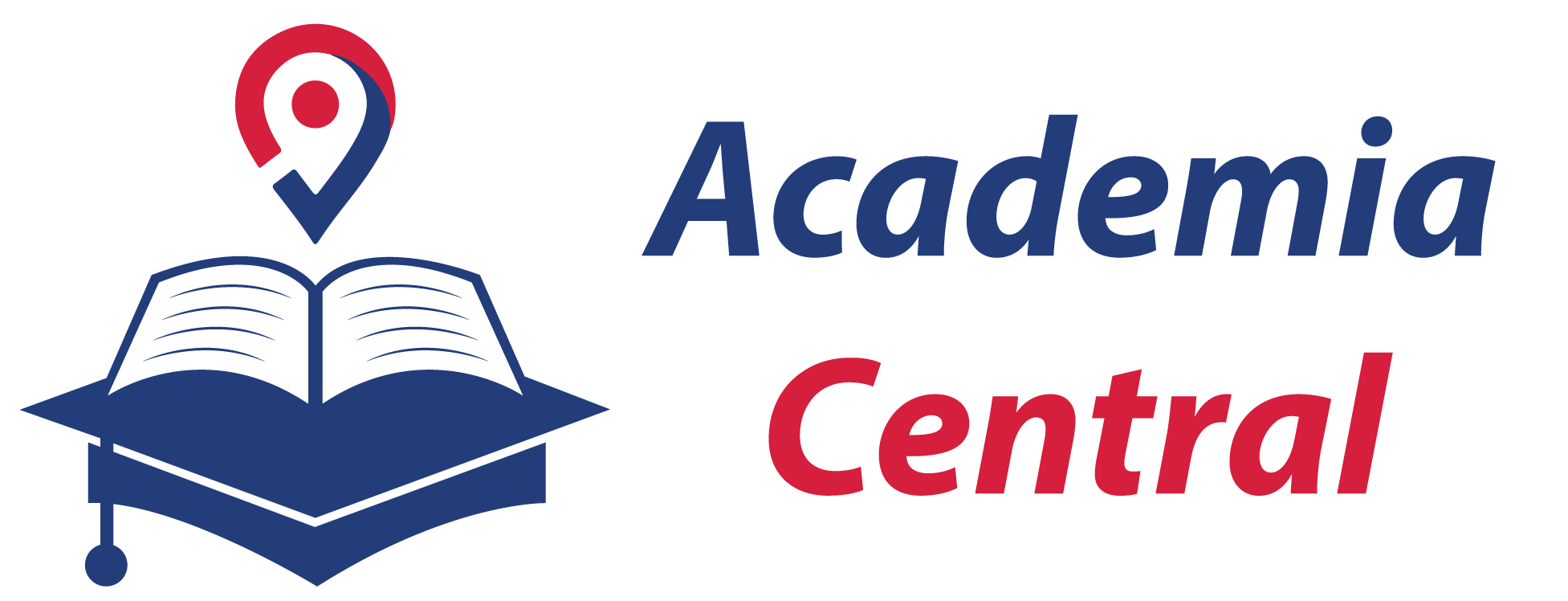
How women’s leadership in organizations is filling the power gap
With 1 in 3 women considering leaving the workforce or downshifting their careers in the past year versus 1 in 4 the year before, the need for organizations that provide meaningful support to women is now higher than ever. The pandemic has exacerbated many inequalities for the work-life balance of women — who made up 70 percent of unpaid caregivers in 2020.
As explored earlier this year, learning and development leaders must do more to develop a “more holistic talent pipeline” for women leaders through actions that are proactive against the “glass cliff.” Looking at the corporate leadership pipeline by gender — the differences in representation are stark. According to McKinsey’s “Women in the Workplace 2021” survey, women make up just 24 percent of leaders at the C-suite level and less than 40 percent of total leadership positions above the manager level.
The rise of women’s leadership organizations — such as Chief, NextUp, WOMEN Unlimited and WNorth — can provide a crucial bridge to bridge this power gap. To ensure women are supported with the networks and tools they need to be successful and close the power gap in their careers, successful leaders must think outside of the limits of their organization.
Beyond the pipeline
“The pandemic accelerated and highlighted the disproportionate household burden that women carry,” says Judy Whitcomb, senior vice president of organizational strategy at Vi Living. According to McKinsey, more than 42 percent of women say they were often or almost always burned out in 2021 — a ten percent increase over a year ago — compared to 35 percent of men.
“I have a lot of colleagues that just said, ‘I’m not doing this anymore,’ because they’re not offered any other choices,” Whitcomb says. “Companies need to think about that before women get to that point. They need to be proactive and start coming up with solutions.” Solutions that most companies can’t offer internally.
Fortunately, women’s leadership organizations are now working to fill the gap for the leadership, development and networking for women outside of the workplace.
Chief’s mission for change is centered around bringing accomplished women business leaders from across the country together to foster connections and share knowledge that can collectively grow women’s power in the workplace. Designed for women in the C-suite and other senior executives roles, more than 60 percent of Fortune 100 companies such as Google, Disney and Nike have had their female executives join the organization. Members can access a network of peers, a core peer group and workshops to address the challenges of today and beyond.
“What we’re trying to do here at Chief, it really requires businesses to start thinking about how they’re broadening the way they define leadership,” says Kendra Mitchell, chief people officer at Chief. “Both what the leader says and what a leader looks like.” To fix our broken talent pipeline for all people, we must improve how we think about and exercise leadership.
“Chief is really founded on the premise that it’s lonely at the top,” Mitchell says. “One of our greatest value propositions is actually just a sense of community and belonging.” And crucial to fixing the gender power gap; with more than 12,000 members, Chief brings women together across industries and companies to foster communities and tackle development opportunities together.
For prospective women leaders who often feel like they have to work twice as hard to be seen, Chief’s resources provide a space to be open about struggles in shared leadership journeys and connect with valuable resources. Additionally, 35 percent of Chief members identify as BIPOC, almost double the percentage of women of color in executive leadership roles.
Chief members are put into a core group that meets monthly to discuss challenges, receive support and listen to guidance from peers and an executive coach moderator. In this core group, “you develop deep relationships,” says Whitcomb, a founding Chief member. “They try to align you with individuals that may be going through the same kinds of challenges or career experiences.”
Now in Vi Living’s second year of membership, Whitcomb has found the accessibility of Chief to be valuable in strengthening leaders, improving their influence and providing connections to help women. Members can download the Chief app, which provides direct access to their group members and attend weekly workshops from influential speakers like Stacey Abrahams, Amal Clooney and Adam Grant. And as more things return to in-person, Chief+ members also have access to clubhouses across the U.S. that they’re able to utilize or rent for in-person networking.
Outside the top-level focus of Chief, many other women’s organizations exist to help all levels of female talent. For female leaders of tomorrow, it’s essential to not just focus at the top level of who is making decisions and policies, but the mid- and lower levels where leadership opportunities and the “broken rung” problem often begin — for every 100 men promoted to manager level, only 86 women are promoted, according to McKinsey. For smaller organizations that lack the budget or resources, the Center for Creative Leadership and women’s organizations like NextUp offer learning opportunities and allyship programs to sponsor, Whitcomb says.
In their mission to advance all women in business, NextUp offers programs for women at every level in the workforce. Their 15,000 members across more than 900 companies such as CocaCola, Microsoft and Intel can take part in shared programs focused on elevating women through L&D, networking opportunities and leadership growth. NextUp also provides workshops to speak to challenges specific companies may be facing, so that you provide a culture where “people feel included and also feel they belong,” says Sarah Alter, president and CEO of NextUp. NextUp’s “top-down and bottom-up approach operates at an individual level, and at the corporate or organizational level.”
Whitcomb took part in NextUp’s Rising Stars program, where she worked with six women who were mid-level leaders across different organizations. She coached them, went over assignments and helped them network and access more resources to aid advancement in their careers. Beyond that, Whitcomb wanted to make sure she coached them to ask for what was important to them and be their authentic selves. “What were their barriers? What were their fears? What were the challenges they were encountering?” she says. “It shaped me as a leader and as a coach.”
Expanding the table
It’s important for leaders to understand their people and act structurally about creating a more inclusive environment. “If you do the work to build a diverse workforce, but you don’t look at your policies and practices to make sure that those people’s contributions are seen and recognized, and their voices are valued and heard,” Mitchell says. “You will continue to think that you have a quote-unquote pipeline problem.” A pipeline problem that Mitchell says is an outdated way of thinking about the problem of leadership representation in the workplace.
Once you start to broaden the voices at the leadership table and go back to the drawing board, “you’ll very quickly begin to see that the pipeline problem is more of a fallacy than a reality,” Mitchell says. “There are probably a number of great potential leaders in your business that are women or other underrepresented groups, who may not have been considered when you had a myopic, outdated view of leadership.”
For companies trying to figure out how to unlock the potential of women leaders within their organizations or attract external talent, women’s organizations like Chief are “a really tangible way to demonstrate that they are invested in their leaders who are women,” Mitchell says. Women’s organizations such as Chief and NextUp can connect women with a community outside of work and help them discover clear pathways to develop competencies with a higher ROI than typical 1-on-1 coaching.
Much of the actual diversity, equity, inclusion and belonging in a business comes down to concrete policies and strategies beyond just getting people in the door. Once in leadership roles, women are up to twice as likely to spend time on DEIB work that falls outside of their formal responsibilities by supporting ERGs, organizing events and recruiting employees from underrepresented groups.
Having women at the tables where flexible and dynamic work-life policies or otherwise are made is crucial because they “acutely understand those challenges and really understand the dynamics that cause people to fall off the leadership rung,” Mitchell says. “So that you’re thinking about how you can keep people in the workplace and support them as they’re navigating being humans and family members and employees.”
Better leaders, better teams
Data suggests that women may be better suited for leadership roles than men when they get the chance to lead. According to McKinsey, women do more to promote employee well-being by checking in on their teams, managing workloads and supporting those dealing with work-life challenges than men. Thirty-one percent of employees with a female manager said they provided emotional and well-being support, compared to just 19 percent who had a male manager. “Women aren’t broken, they don’t need to be fixed,” Alter says. “But we can all be better leaders.”
When employees have strong allies, they are 53 percent less likely to consider leaving their company and 40 percent less likely to experience burnout. Data shows that women take part in allyship activities more than 10 percent higher than men. Organizations that struggle with representation are missing out across the board.
“Bottom line, business outcomes are better when your leadership and board are more diverse,” Mitchell says. “Having a broader, more inclusive lens around leadership and who gets to be in leadership and the representation it drives can impact both attraction and retention, engaging and developing talent.”
“The best products and services come from a diverse perspective,” Whitcomb says. “And if those people making decisions are primarily white men, that’s going to impact your ability to excel as an organization.” Representing their workforce in leadership roles allows companies to expand their ability to reach and understand their consumers.
For those who come next
“Organizations have to give women leaders opportunities to access established networks, whether it’s Chief or NextUp,” Whitcomb says. “Organizations should be explicit in their approach to offering these opportunities.”
Whitcomb says she’s rooted in a lot of the experiences that happened to her when she was younger. Like networking opportunities centered on traditional men’s activities, or the job interviews in her 20s when interviewers would comment on her being young or newly married and just say, “I don’t know that I can hire you because I really need someone here.” For Whitcomb, those things said long ago caused her to work twice as hard, not ask for time off, not disagree and ultimately sacrifice her true self — she doesn’t want to see other women have to take that path.
Which is why she sees partnering with women’s leadership organizations as valuable opportunities to make it easier for those who come next, “I want other women to feel it’s normal to have balance and not feel like you have to work harder because you’re a female.”
Article link-https://www.talentmgt.com/articles/2022/07/04/womens-leadership-organizations-are-filling-the-power-gap/
